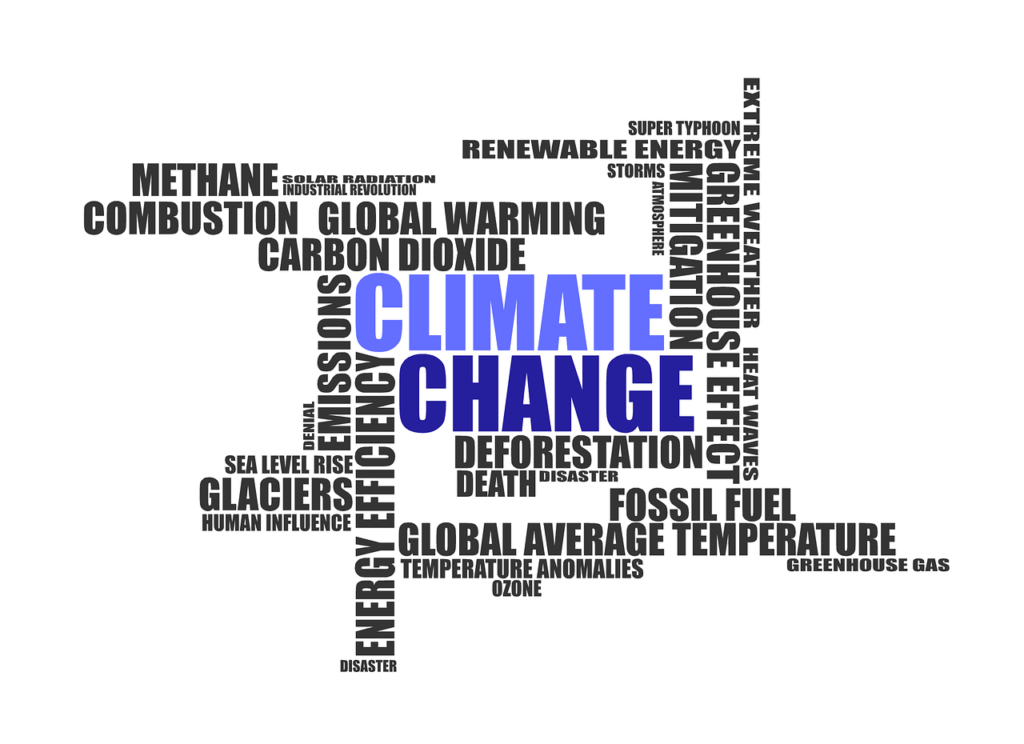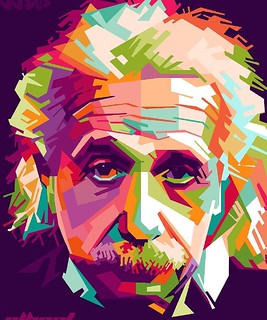

https://extend.ecampusontario.ca/collaborator-empower/
Collaborator module on Ontario Extend
Have you ever worked with others and thought to yourself afterwards, wow I would have never thought of that on my own? The insight and refection that can come from others experiences and education is truly valuable. Collaboration is a gateway that allows for this sharing of ideas, and professional growth and development. I have chosen to critically evaluate the Collaborator Module on the Ontario Extend website. In this module, we are introduced to the idea of collaboration by using technology tools, to develop intentional, global, interactive and engaging connections with others of our choosing. The way to accomplish this collaboration is to create a professional learning and teaching network, also known as a PLN. This PLN is a digital space where teachers learn from other’s ideas, opinions, connections, and references which ultimately fosters new views, enhanced understanding, growth and a sense of community.
In the overview section on the scenario page, the main objectives of the collaborator module are highlighted and include; exploring tactics to build PLN, approaches to engage and extend your PLN and ways to empower teachers to develop a PLN. For me this process will involve reflection of my goals, and purpose, looking at what individuals I want to engage with and why. In going through this process, I will effectively extend my professional connections, and experiment with digital tools such as Twitter, YouTube and Educators PLN, as suggested in this section.
In the “Explore: Why Collaborate?” section of the module we critically examine the why behind collaboration and look at the role of digital communities such as Twitter. In the video entitled “Where good ideas come from?” Steven Johnson talks about how we are all interested in creative, innovative and intrinsic work, however often ideas need time to develop, flourish and grow. Often these ideas lay latent, until ideas of others come together with “hunches”of our own, to formulate something new. This has been the cornerstone of innovation through the decades. Today we can research instantaneously all throughout the world and tap into our PLN to find the missing piece of the puzzle we seek.
When I reflect on all of the major science, chemistry and engineering advances that have been made over the last 100 years, I think about how much slower the process was, and how in comparison little connectivity and sharing of ideas took place before the internet. There may have been hunches, however the ability to bring them together, collaborate and build on them, took much longer, due to lack of connectivity and collaboration. Think about the works of Henry Ford as he built his first car, the works of Ernest-Rutherford as he constructed the model of atom, the works of Einstein and his theoretical physicist teachings, and the list would go on and on. How much closer would we be to curing cancer and tackling our environmental issues if scientists and researchers could connect globally with a developed specialized PLN, 75 years ago? Also imagine the time and resources saved by billions of researchers and collaborators!
Alec Couros in the Explore section of the module highlights the affordances of Twitter in relation to a PLN, and how through the ages Twitter has worked to transform collaborative online communication. He explains how educators are no longer “hoarding” their knowledge, but instead sharing relevant up to date perspectives and knowledge. This encapsulates a “growth mindset” practice for all, which should be what teacher’s aspire for, not only for their students but also for their colleagues.
As educators we have the responsibility to explore online learning communities, and incorporate multiple perspectives in our teaching and learning. Therefore having PLN members with varing opionions is vauable and insightful. Following new hashtags such as #edchat, #scichat as well as new people such as professors, and influential teachers, my associate teacher, teacher candidates within my disciple will help me to remain up to date. Thank you Bonnie for exposing me to the world of Twitter through this class. Since joining Twitter I now follow #Ontarioextend, #apchemistry, #chemchat, and #chemEd.
A PLN is a network you create, with people you wish to engage and share with or even just simply follow or “lurk” among, as Marc-Andre Lalande points out in his video. As a biology and chemistry teacher I have begun to create a PLN of educators, scholars, community officials, and influencers, who would actively engage in conversation about ways to combat global warming and explore genetic and drug research as well as help to develop teaching, learning and assessment aids.
These diverse topics are very personally relevant to me, and covered in the curriculum, so creating a PLN devised around my interests, passions, personal needs, ambitions and goals aligns with the purpose of a PLN. My goal is to gather new ideas, share, collaborate, build off of each other’s insights and contribute to building new ideas or expanding previous works. In my future school I would hope to be involved in the “Eco Team” and connecting with other schools, who have made impressive gains towards the implementation of the zero waste policy. I would also like to connect with other chemistry and biology labs teachers as it can be difficult to think of new exciting ways to teach the cirriculum and develop new labs.
Connectivism is one of the major theoretical frameworks that validates the use of PLNS. Here we recognize that learning is socially constructed, and involves the expansion and augmentation of others work and hence the adaptation of our own. Here the learner is seeking knowledge and constructing their own reality. In my placement, many of my students worked best, by constructing their knowledge with hands on activities, especially in the applied and locally developed classes. The learning idea of a constructivist as Piaget describes, is centered around learning being an active process where students construct information actively rather than receiving it passively. The Social Cognitive Theory, aligns to a greater extent with the development of a PLN, as knowledge is constructed by the interactions with others in a social world, through modeling, teaching self-efficacy and active co-construction.
It is important to follow the steps outlined in the Extend and Empower, module where it describes how to cultivate and map your PLN. To begin the cultivation process, it is important to find a professional group that aligns with your interests. Then going where your people are, being strategic, strengthening connections, limiting your follows and culls as well as looking critically at the identity you are creating, are al vital steps of the process. In cultivating my PLN having etiquette and creating an on-line identity are of utmost importance to me as an educator, as you never know who you will see at a conference or collaborate with in the future.
In mapping my PLN I had to think about my focus, which is science and chemistry education. I placed my science topics on the map (global warming, genetics, and drug advancements) and identified the nodes (names) of at least 5 individuals or industries I wish to network with. Then I identified their roles, weight of connection and tried to identify any relationships between nodes. Surprisingly there were connections between nodes that I had forgotten about, which made me think of potential collaborative research projects in the future for my students.
In the Extend module there is a Ted talk “Beward of the Online Filter Bubbles.” Here Eli Pariser describes invisible algorithmic editing of the web that occurs with online tools like Google and Facebook. This means that your inquiry results are personally tailored, and we are seeing only what the internet thinks you need to see, and is filtering out the rest. Because of this it is important to look critically at our internet searches, and make sure we are always looking for ways to understand the other side of the story. Adding people to our PLN who have opposing views is therefore of extreme value in the “era of the filter bubble.” I have successfully begun the process of cultivating my PLN through Twitter, and have seen many of the lesson plans, assessment strategies, science projects, conferences and media groups science educators are a part of.
I used Canva to make my final artifact. Canva would be a great educational tool as it allows for reflective and creative expression in a variety of forms including a poster, logo, video, presentation, flyer, card and info-graphic. Giving students choice in how they wish to apply what they have learned, is appealing to me as an educator, because not everyone can apply and display their knowledge in the same way. Plus adding the text, color and pictures adds to the meta-cognitive processing of the material, and its creativity thereby increases the likelihood that the material will really stick. Creative projects by design, always engage students in analytical, evaluative higher order thinking. These projects are not focused on supplying the right answer, rather they are concerned with extending and applying information to find solutions or develop new ideas, much like a PLN!


















